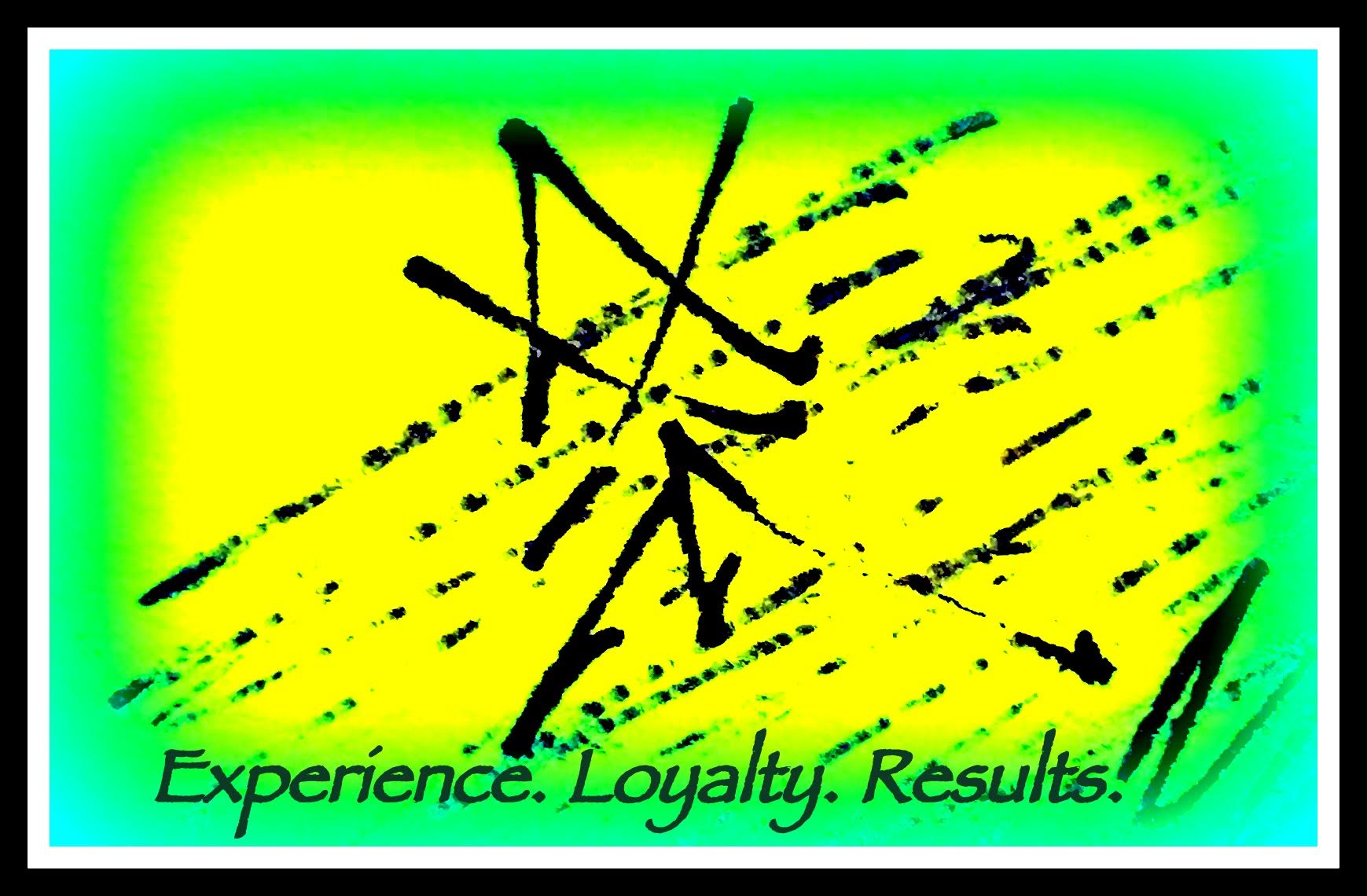Each case stands or falls on its facts. There’s no assurance that a prior case will necessarily bring about the same result in a later, similar case. “Factual” thinking looks back and examines what occurred without judgment or evaluation. “Counterfactual” thinking, however, goes beyond.
“Counterfactual thinking, commonly exemplified by the expression “what might have been” involves a juxtaposition of an anticipated versus a real situation (Epstude and Roese, 2008) and is considered as one of the most pervasive phenomena taking place in human life. It is rather common that individuals regret the choices that they have been made and the actions that they have been taken. Counterfactual thoughts (CFTs) are elicited by events that nearly occurred (Kahneman and Varey, 1990) or when an unusual series of events led to a particular outcome (Kahneman and Tversky, 1982).”
“Epstude and Roese (2008) defined CFTs as “evaluative thoughts about imagined alternatives to the past events and they may serve the important beneficial functions of behavior and mood regulation”. It can be either upward counterfactual, i.e. better alternatives, as compared to reality leading to regret or downward counterfactual, i.e. worse alternatives, as compared to reality leading to the feeling of relief.”
Regret. Webster defines regret as “to be very sorry for.” Missed occasions and opportunities, errors and mistakes, efforts and attempts that could have secured better results––one looks back and sees areas where a slight adjustment could have made a significant difference in outcome.
Relief. Webster defines relieve as “to bring or give relief.” Things that luckily went right, the chess pieces arranged optimally, the fortuitous break that came precisely at the right time–-one looks back and thanks chance and destiny for smiling down at the right moment when needed most.
Upward and downward counterfactual thinking should be utilized as tools to correct decision making. They should be used systematically, treated equally. For some reason, the human mind tends to store and amplify its regrets, but rarely pauses to give adequate attention (and thanks) to its reliefs. Why? Hurt, trauma, harm––these tend to stay with us long past their expiration date. Perhaps this is due to regret being a form of psychic pain, one not easily erased from memory.
Can upward and downward counterfactual thinking be applied to future events? Can one harbor relief and regret to events that have not as yet occurred? It’s possible, purely as a mental exercise in forecast and projection, but such is unlikely to invoke the true weight and reality of “what might have been.” It’s the “juxtaposition of an anticipated versus a real situation” that gives counterfactual thinking its power and hold.
It’s probably useful to make a conscious effort to think counterfactually about cases recently completed. Better alternatives, worse alternatives––sorting these out may not be as obvious as one assumes. The same metric may not always apply, and there are some aspects that defy easy categorization. The trick is to maintain the same level of insight and objectivity, particularly in ambiguous or complex instances.
Courting the counterfactual yields another benefit––providing at least one context within which to harness the power of differentiation and integration. It’s not only the “number of constructs used to explain a situation” but the “number of relations among the discriminated dimensions.” Comparing two seemingly disassociated groups––say, weather patterns in relation to human behavior––may give rise to ideas (design, safety) that have bearing on other areas.
“Cognitive complexity characterizes the complexity of an individual’s cognitive structure. Cognitive complexity is defined by two main structural components that are “differentiation” and “integration”. Differentiation is the number of constructs used to explain a situation, while integration indicates the number of relations among the discriminated dimensions (Boyacigiller et al., 2004)…Studies have confirmed that individuals high on cognitive complexity interpret information in a multidimensional way and incorporate information more competently (Schroder et al., 1967). One of the focal ideas in the cognitive complexity theory is that individuals vary in their information-seeking behaviors when they perform different cognitive activities like problem-solving, decision-making and planning. These activities are principally dependent on their cognitive complexity levels (Driver, 1987). Moreover, cognitively complex decision-makers are capable of synthesizing the relationship between different strands of information, are more logical in decision-making tasks and invest more time in analyzing the information in sight (Curseu, 2006).”
Upward counterfactual thinking can be used as a tool in shaping a cross-examination, the idea being to compare what actually transpired with what most optimally could have occurred. Your typical cross elicits facts; a counterfactual cross can help elicit themes. It’s as if an invisible and overriding template shapes each question. A surgical error causes death or injury to a patient. A factual cross elicits chronology; a counterfactual cross sets out all the ways in which safe practices––before, during, and after––were not followed. “Synthesizing the relationship between different strands of information”––upward and downward counterfactual thinking can help discover and explore those remote areas off the beaten path.
All quotations from: Mamta Tripathi, Bharatendu Nath Srivastava, (2016) “When and how does counterfactual thinking prevent catastrophes and foster group decision accuracy“, International Journal of Conflict Management, Vol. 27 Issue: 2, pp.249-274, https://doi.org/10.1108/IJCMA-02-2015-0008




